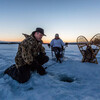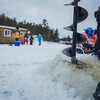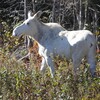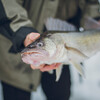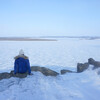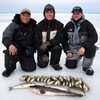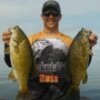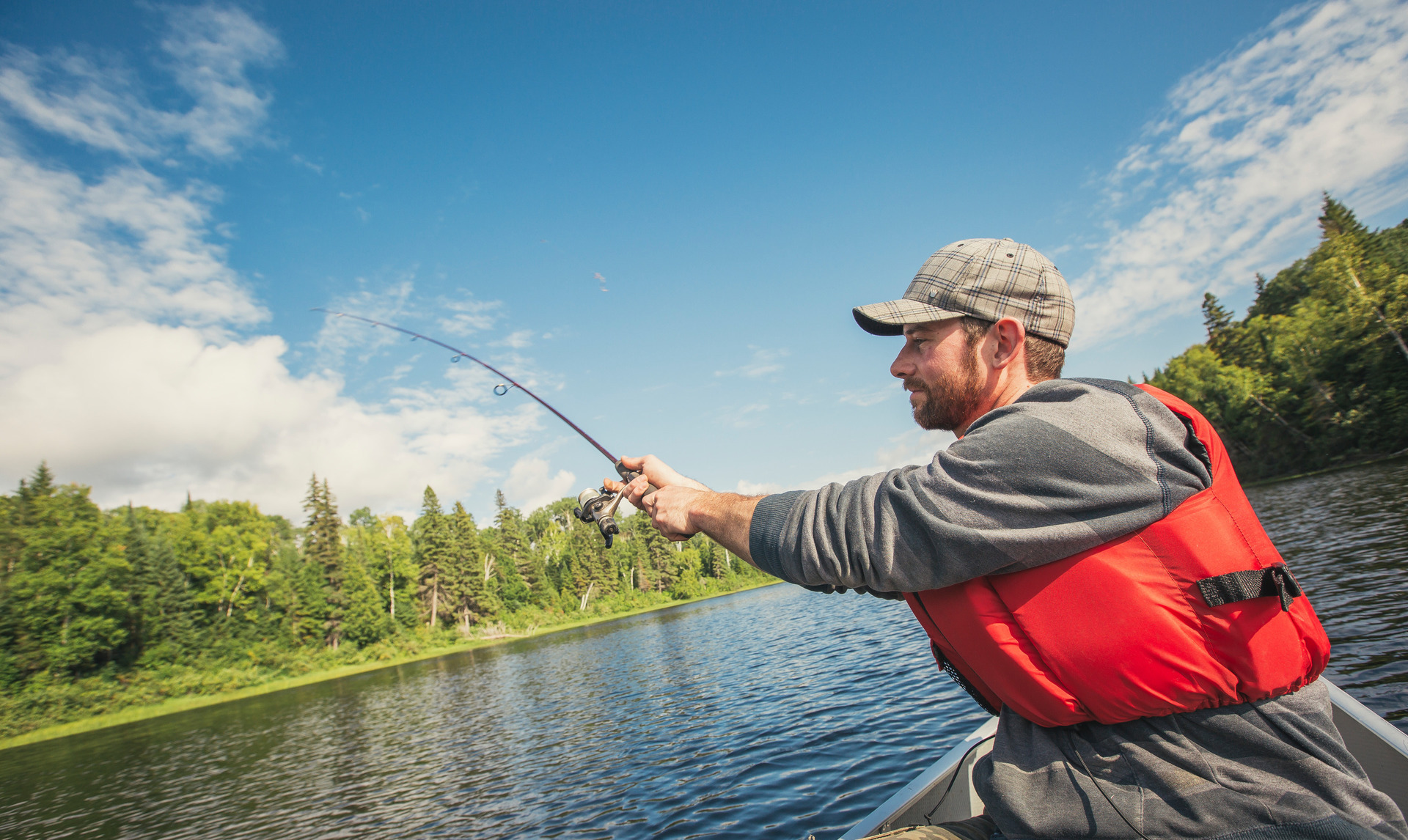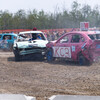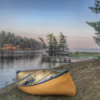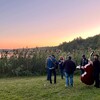
How to Properly Hold and Handle Fish
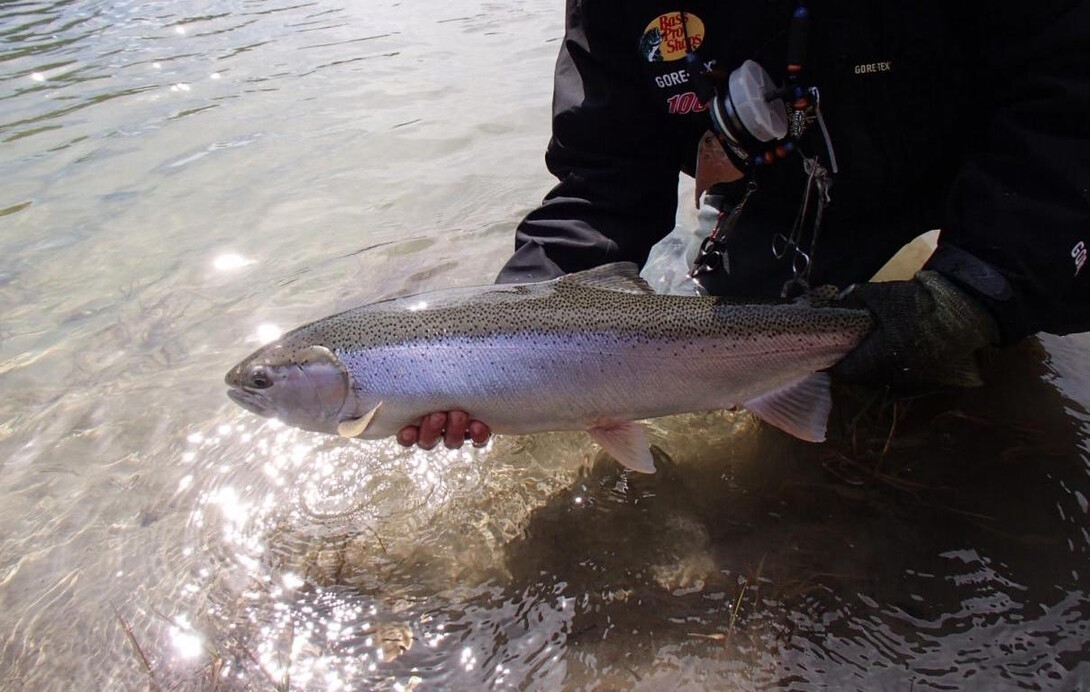
While spending some time online perusing my favourite Northeastern Ontario fishing sites and social media, I noticed a lot of trophy fish being caught and displayed proudly. Only problem, I was left with a sick feeling wondering if these fish would be able to survive. How these fish were held and displayed for the pictures put unnecessary stress on them and caused unintentional damages – hopefully unknown by the anglers. In this article I am more than happy to share some tips and tricks on how to handle larger fish, a variety of fish species, and most importantly – how to manage your local fishery.
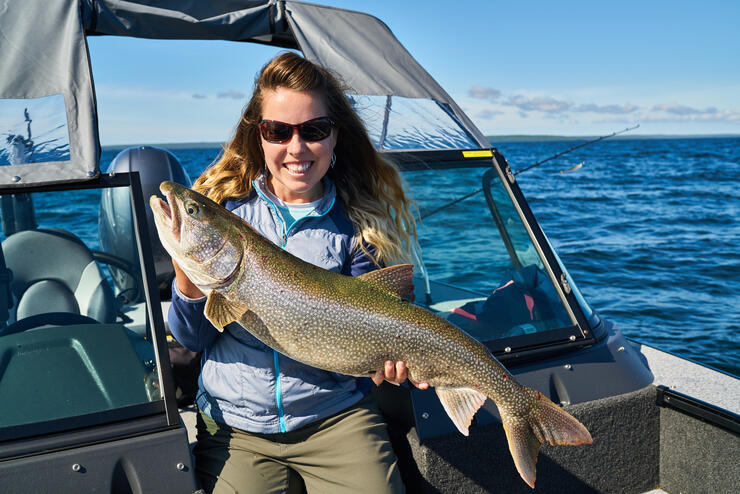
With restrictions lifting Northeastern Ontario has been welcoming American and Canadian guests back to enjoy fishing trips of a lifetime. Below is a list of lodges to check out, but if you want to learn more about choosing the best lodge for you, check out this link here.
First things first
Always be prepared when you are on the water for the fish of a lifetime – it can bite anytime you have your line in the water. In order to be properly prepared, know and understand your main target species along with any other species sharing that same body of water. This will help you to determine the correct size of net to bring. For example, a musky will require a much larger net than bass and other smaller species. The correct tools to ALWAYS have include a net or cradle, needle nose pliers (long nose preferred), heavy gauge wire cutters to remove hooks, jaw spreaders, and a pair of gloves.
Some tips to actually get these fish into the boat include having a rod and reel combo you are comfortable with and are confident can handle your target species. Once you are hooked-up there is no need to pump your rod up and down as seen on the salt water fishing shows. Just keep your rod tip up, above 10 o’clock, line tight, and let your reel’s drag and rod action fight the fish. Now comes the important part of landing a fish – the net man. ALWAYS net a fish head first. I have yet to see a fish successfully swim backwards.
When handling any fish species it is of utmost importance to not put any unnecessary stress on the fish. The fight alone causes the fish to exert enormous amounts of energy and our handling shouldn’t add to their stress levels. The main reward, at least for me, is the fight that all species can provide whether it be the acrobatics and sheer strength of a river run rainbow trout or the heavy head shakes of a walleye. These fish deserve to be handled and released with care and respect no matter what their size.
Bass – Large and Smallmouth
Bass, as most people think, are a pretty resilient fish and can be handled in any way possible. This can be true for some of the smaller bass although their physical characteristics place a large amount of their weight at the mid span of their body. The best way to hold a bass is by the lower jaw in an upright vertical position. The diagram below illustrates what a minor variation in the hold of a bass can do. If you desire a horizontal presentation, cradle the belly with your hand and support the weight of the fish. Larger fish having a larger mass would have a greater negative impact than smaller, lighter fish and a lower chance for survival.
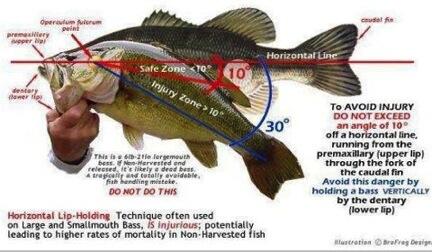
Walleye
Walleye are a heavily armoured fish with sharp puncturing teeth and a very sharp dorsal fin. They, like all fish, require a different approach when handling. My general rule is to keep my hands out of the gill plate at all costs to prevent any damages to the gills themselves, which are comparable to a human’s lungs.
For smaller walleye, under 22”, I generally grab behind the gill plates from above the head using my palm to keep the dorsal fin tucked in. This position allows for the safe removal of hooks and prevents any unnecessary contact. For the larger trophy-sized walleye, always use a net to land these fish. Once in the net, remove all the hooks before handling to protect both the fish and yourself from any incidental puncture wounds.
Now, unlike the smaller walleye, I handle these fish by the tail with my dominant hand, ensuring a strong secure grip. I then place my other hand under the belly of the fish directly behind the pectoral fins for support; the weight of the fish will place enough pressure on the supporting hand for a good stable hold as seen below. Always keep larger fish in a horizontal position when handling and releasing the fish back into the water to be caught again.
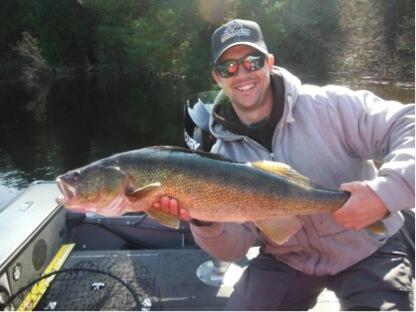
Northern Pike/Muskellunge
The top predator of the freshwater food chain lies in these two species. The rows of razor sharp teeth and streamlined structure provide these fish with a powerful and damaging bite along with the ability to scream drag off your reel with one kick of their tail. The size variations of these fish can be quite large ranging from 1 – 40 lb. These sizes can be found in the same body of water with the latter being few and far between.
The mentality surrounding northern pike as a nuisance fish, mainly in the smaller dense population, has led to some anglers purposely injuring, wrongfully handling, and removing these fish from their waters. The larger species are often not differentiated (northern pike/muskellunge) by most casual anglers and are treated in this same manner. I have seen trophy class fish held by the eyeballs, the gills (not gill plate), vertically, and thrown back into the water with no regard a few times more than I would like. These larger fish have been roaming our waters for 25 to 40 years in order to reach these sizes.
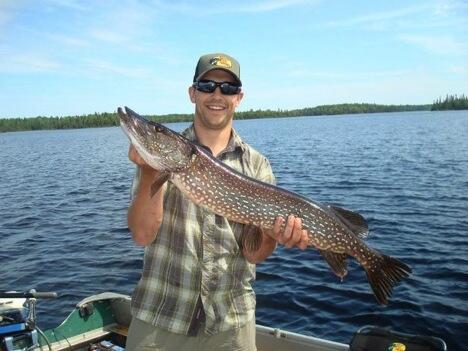
The proper approach to handling these fish is similar to handling walleye, including grabbing smaller fish above the head and behind the gill plate to remove hooks and place back in the water. For the larger fish, take as much care and precautions as possible. Once the fish is in the net, do not rush to handle it right away – leave the fish and the net in the water until it the fish is calm and the stress of the fight wears off both of you.
Once your adrenaline has stabilized, the fish has likely recovered as well. Approach the fish with care to remove the hooks and if buried or hooked deep don’t be scared to cut your hooks off and leave them in the fish. That fish’s life is worth more than a $2 hook. Now that the hooks have been removed, place your hands underneath the gill plate but DO NOT touch the gills themselves. When raising the fish out of the water immediately support the belly and never hold these fish vertically. The vertical stress on the internal organs can displace them and cause the fish a slow and painful death. Once you’re properly handling the fish, smile big for the camera and capture a picture of your catch of a lifetime to enjoy for many years to come!
Trout (Lake, Speckled, Rainbow & Steelhead)
Trout are a sought-after world class fish and held in high regard by most anglers. The streamline beauty and colourations these fish present are truly remarkable and I cannot thank Mother Nature enough. Unlike the species above, they have a very smooth skin lacking the protection that scales can provide. It is preferred to handle these species with a wet surface whether it is the net, hands, or gloves to help keep the protective coating intact. A firm grip behind the gill plate is generally enough to effectively handle the smaller fish. The larger fish should be tailed with a glove for added grip, followed by the supporting hand underneath the pectoral fins. Avoid all contact with the gill plate if possible.
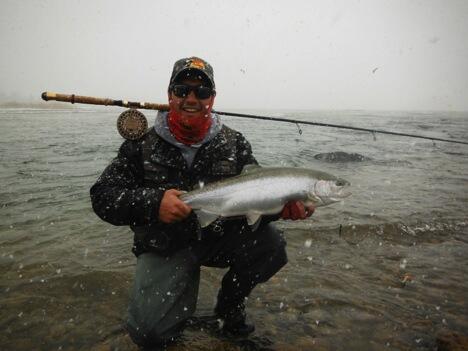
I hope that you can use these tips in your fishing practices and that you will help to conserve a great fishery that Northeastern Ontario has come to truly love and thrive on. Fish care throughout the entire process of catching, landing, handling, and releasing should always be in an angler’s mind. Bring the fish to the boat as quickly as possible based on the fight, always use a net to land larger fish, handle with care as stated above, and during the release take the time to hold the fish horizontally in the water allowing it to swim off on its own. I know that I get a sense of satisfaction every time I let a trophy-sized fish swim off and to enjoy another day to and be caught again to give another angler the same sense of accomplishment that I have experienced.
LOCATIONS TO CONSIDER
(Author’s note: The information provided in this article is the sole opinion of the author. These tips are meant as guidelines to raise awareness and to help benefit anglers and the fish for years to come.)
Recommended Articles
The Seven's Best Hikes, Biking Trails and Lakes

7 Best Spots to Check Out in The Seven

Budget Bliss: Explore Northeastern Ontario Without Breaking the Bank

Bring Your Fam!

Time to Unwind: 6 Spa Havens to Discover In The Seven
5 Amazing Places to SUP in Northeastern Ontario

5 Amazing Bike Rides to Discover

Northern Lights in Northeastern Ontario

Northeastern Ontario's Best Pride Festivals

Fish for one of the World's Rarest Species of Trout

An Insider's Guide to Manitoulin Island

6 Small-Town Gems to Explore in Northeastern Ontario

11 Best Things to Do in Kapuskasing, Ontario




